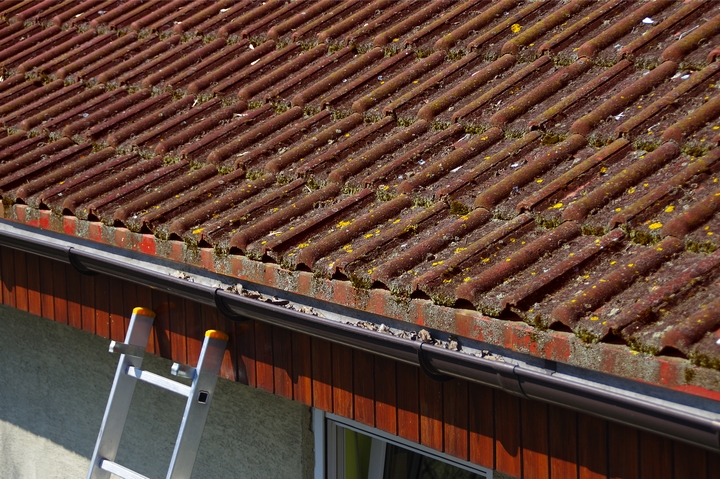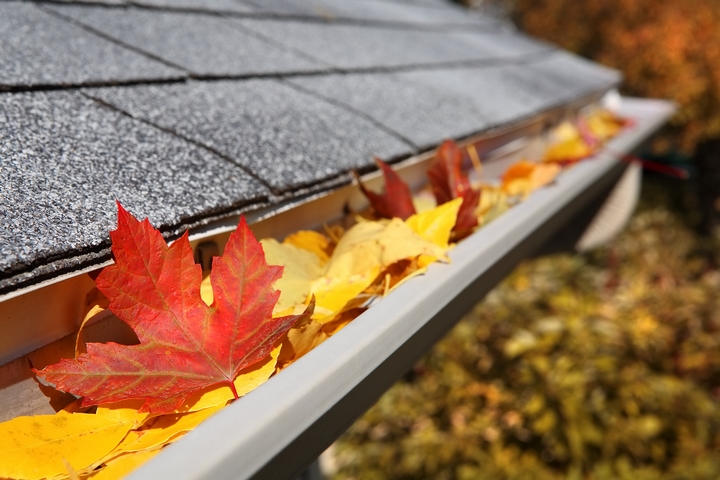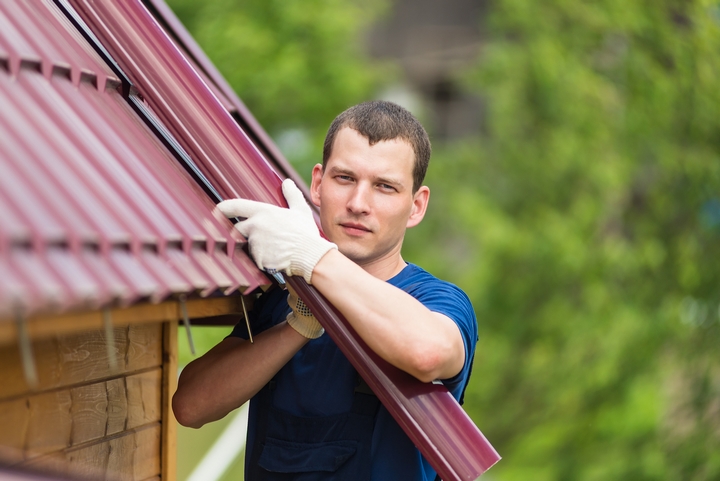
Eavestroughs are an important part of your house because they are a drainage device that channels water away. They help prevent leaks and reduce erosion. They are also called eaves or gutters. These devices must be professionally installed otherwise a water runoff can cause foundation damage.
It can also cause flooding in your basement. Spring is an important time to do some maintenance and cleaning of your eavestroughs. If you do not do this, or at least get someone to do it for you, you could face some problems. Let’s take a look at some cleaning tips so that you avoid these problems.
1. Getting The Right Ladder

Choosing the right ladder is an important first step when cleaning eavestroughs. It has to be the right height. In other words, when reaching your eavestroughs, you should not have to stretch. This could endanger yourself. Make sure to inspect the ladder before use. This is always a good practice to get into as safety is the number one priority. It may be the first time after a long while that you’re using it, so check for loose parts and tighten it. Extend hinge arms and make sure it is safe. Then, before you start climbing, make sure it is secure.
2. Protective Clothing

Make sure to protect your hands and eyes. Wear gloves to protect yourself from any sharp or protruding objects. There may also be animal droppings from birds and squirrels when you are dealing with the rotting leaf debris. Cotton gloves are not that great as they tend to soak liquid. Rubber gloves may rip and leather gloves may inhibit proper movement, so if you can, use thick suede gloves. Protective eyewear is also highly recommended. When checking downspouts, you never know what surprises are in store for you. These include birds, bees and mud.
3. Removing Debris

You’re now ready to remove the debris like twigs, dirt, leaves and moss. You can use garden trowels or special scoops to do this. Some tools can also make use of extensions to make your job easier. This is also helpful because you do not have to keep coming down to move your ladder. When you remove the debris and need to dispose of it, you can separate the biodegradable material from the non-biodegradable. Much of it can be compostable, so it can be used for your garden as fertilizer but sometimes, you will end up with bits of plastic or something else, so check it first.
4. Check For Downspout Blockage

Make sure to run a hose down your downspouts to see if it is clear. If the water flows and drains nicely, you are in the clear. However, if it backs up, then you’ve got a clog somewhere. You can try to force more water to see if this clears the clog. You can try a coat hanger if the clog is reasonably close or you could use a plumber’s snake and remove it that way. Make sure your downspouts aren’t draining close to the foundation though.
During the cleaning process, look out for leaks or other damage like splitting seams or holes. Make sure the eavestroughs aren’t sagging. If you notice problems, call an experienced contractor to repair any flaws so that it performs well throughout the year. And remember, be safe!
